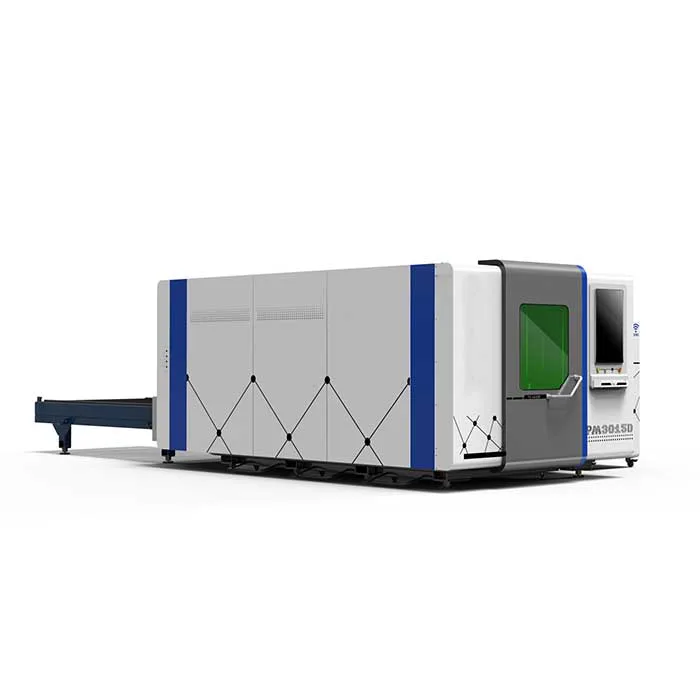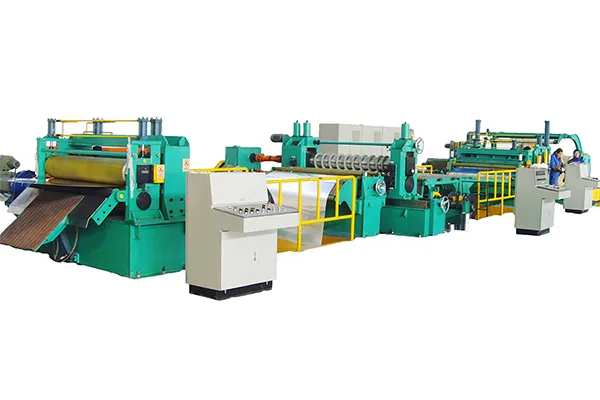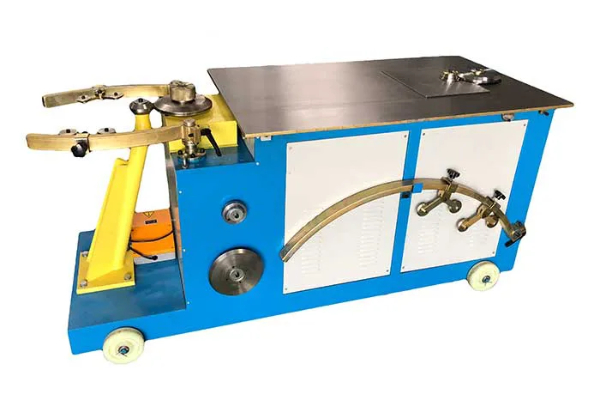
The Impact of Roof Sheet Making Machines on Material Waste
- By:Metmac
- 2024-08-27
- 131
Introduction
Roof sheet making machines play a crucial role in the construction industry, producing roofing sheets for residential and commercial buildings. However, the operation of these machines can generate significant amounts of material waste, leading to environmental concerns and economic losses. This article explores the impact of roof sheet making machines on material waste, examining the different stages of the production process and identifying potential strategies to reduce waste generation.
Material Wastage in Raw Material Preparation
The preparation of raw materials, such as steel coils, for roof sheet production involves various processes like uncoiling, leveling, and shearing. These operations often result in scraps and offcuts due to inaccuracies in cutting or the need for edge trimming. The accumulation of these scraps can contribute to substantial material waste.
By-Product Generation during Forming
The forming process, where steel coils are shaped into roof sheets, generates by-products known as “edge trimmings.” These edge trimmings are narrow strips of steel that are removed to achieve the desired sheet width. Edge trimmings constitute a significant portion of material waste, as they cannot be easily reused or recycled.
Scrap Generation in Post-Production Processes
Following forming, roof sheets undergo post-production processes such as punching holes for fasteners and trimming excess material. These operations can also generate scrap, particularly if the sheets are not accurately aligned or if holes are not precisely punched. The accumulation of this scrap further contributes to material waste.
Causes and Mitigation Strategies
The material waste generated by roof sheet making machines stems from several factors, including:
– Inefficient Cutting Techniques: Traditional cutting methods often leave behind scraps due to inaccuracies. Modern cutting technologies like laser cutting can minimize scrap generation by providing precise and consistent cuts.
– Improper Machine Calibration: Incorrect machine calibration can lead to misalignment during forming and post-production processes, resulting in excess scrap. Regular calibration and maintenance ensure optimal machine performance.
– Lack of Scrap Recycling: The recycling of edge trimmings and other scrap materials is essential to minimize waste. Establishing effective scrap management systems can enable recycling and reduce the environmental impact.
Conclusion
Roof sheet making machines have a significant impact on material waste in the construction industry. Through the examination of raw material preparation, forming, and post-production processes, this article highlights the causes and consequences of material waste. By implementing efficient cutting techniques, ensuring proper machine calibration, and establishing scrap recycling programs, manufacturers can minimize material waste, reduce costs, and promote environmental sustainability in the roofing industry.
-
Mastering Form and Force: A Guide to Modern Metal Plate Bending Machines
2025/12/16 -
Demystifying Sheet Metal Laser Cutting Machine Price: The METMAC Value Perspective
2025/12/16 -
Metal Sheet Machinery: The Engine of Modern Fabrication and the METMAC Advantage
2025/12/16 -
Beyond the Bend: The Power and Precision of the Modern Sheet Profile Machine
2025/12/16
-
Advanced Sheet Metal Rolling, Laser Cutting, and Folding Machines for Precision Fabrication
2025/10/31 -
High-Performance Sheet Metal Bending and Cutting Machines for Modern Fabrication
2025/10/31 -
High-Quality Sheet Metal Equipment for Sale: Efficient Solutions for Modern Manufacturing
2025/10/31 -
High-Performance Sheet Metal Equipment for Sale: Forming and Shearing Solutions for Modern Fabrication
2025/10/22
-
A Guide to the Latest Innovations in Sheet Metal Folding Machines
2024/11/29 -
Key Features to Consider When Investing in a Sheet Metal Folding Machine
2024/11/28 -
Enhancing Precision with Advanced Sheet Metal Folding Machines
2024/11/27 -
How to Choose the Right Sheet Metal Folding Machine for Your Workshop
2024/11/26







